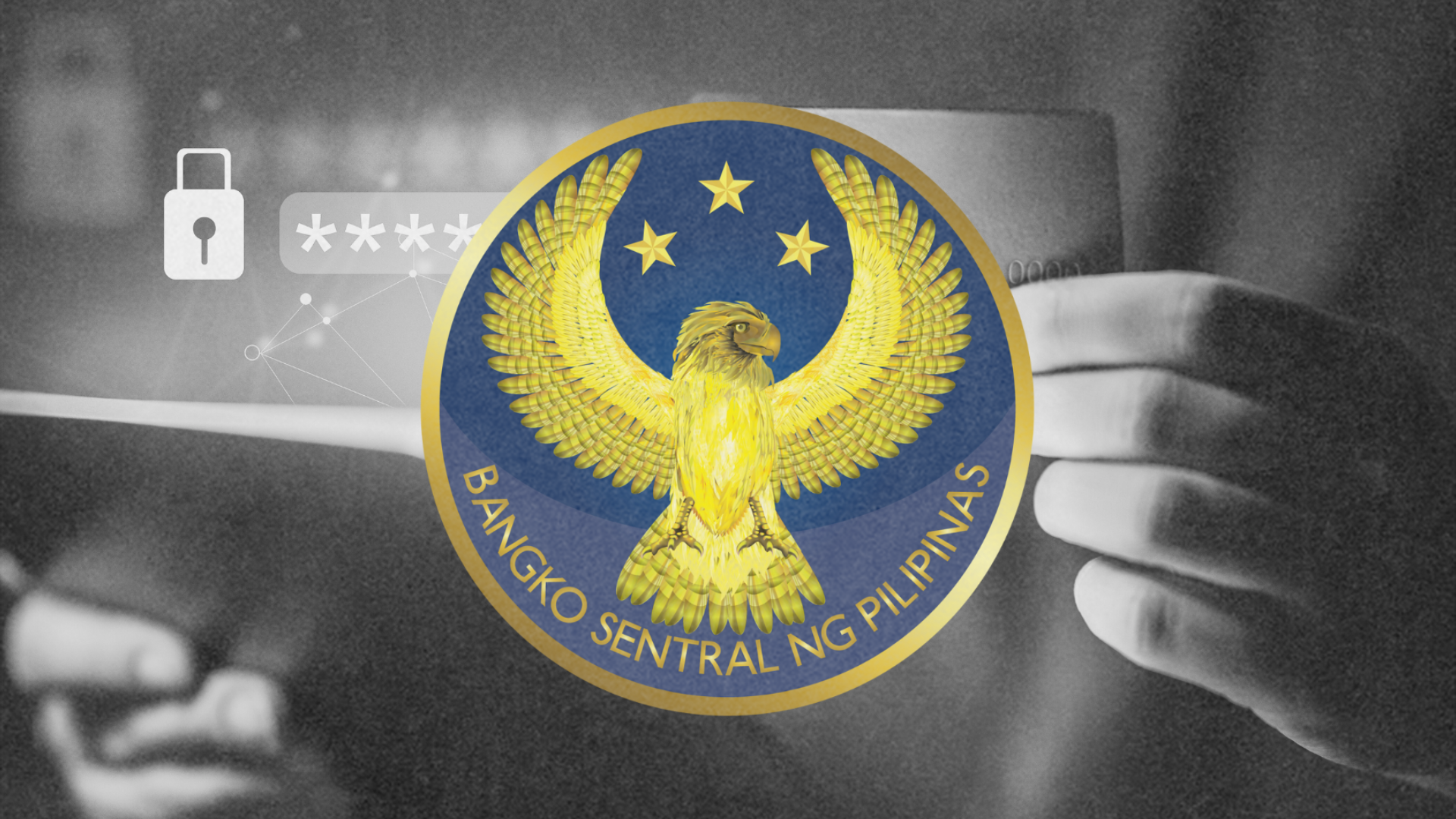Fires in particular and safety in general usually become favorite topics during the summer months. It is for good reason as fires tend to break out more often owing to the dryness and heat of summer. The break-outs are in themselves ironic as they coincide with the public’s enjoyment of the summer months away from offices and schools.
Depending on the factors that impact companies and industries, security and safety may or may not operate as a single entity. There is an ongoing debate whether or not security and safety should be together but such is not the thesis of this brief article. It should suffice for now to say that ultimately the deployment of both functions depends upon the dictates of necessities that will enable the business to flourish. In other words, it depends.
In most companies I have witnessed, the functions of safety and security are distinct from one another and each operates generally independently of the other. However, each one supports the other in most cases. Again, depending on how a company is organized, safety may even be a part of facilities, engineering, or HR in the same manner that security may be reporting into a department rather than being stand-alone or reporting into the head of the company (usually depending upon the company size).
In my own view, the way I would differentiate each one’s contribution to the business of enabling the company to operate and look after its people and assets in the process is via the business continuity and crisis management cycles. Ninety-nine percent of the time, it is really business continuity that dominates while crisis management takes up the remaining one percent, approximating the time when the company suffers an interruption usually with implications for safety and security. It is always the objective of management to resolve the crisis the soonest possible time in order to get back to normal operations thereby minimizing losses while maximizing gains. In either cycle, one function supports the other but one dominates more than the other. Safety predominates during normalcy with security in a supporting role. In fact, the safety objective is zero tolerance against any injury that may befall any colleague or asset. On the other hand, the disruption of an unusual occurrence necessitates security to be at the forefront as both a shock absorber to the threat as well as a manager in a crisis situation.
Either way, the safety and security units must be competent, adequate, and timely if they are to perform effectively against any threat: preemptively at first led by safety, and later reactively led by security. Take for instance the threat posed by fires which are common during this time of the year. All year-round, safety takes preemptive measures guarding against such a threat which include the conduct of seminars and drills along with the provision and regular maintenance of fire-fighting equipment. Security, with its 24/7 presence, lends critical support to the effort especially towards assuring employee compliance to regulations and procedures. However, when a fire ultimately breaks out, security continues to perform in tandem with safety but is now put in a situation that forces it to assume the more robust role of being at the forefront in order to safeguard the protection of lives and property in that order. The guards do not put out the fire themselves as it is the firefighters that do that, but they will be the ones between the burning building and the employees whom they are assisting to escape. Guards should not be fighting fires as they are not trained for this and may only cause injury and danger to themselves and others.
Probably in most cases, lives and property are best protected by timeliness: first, by early preventive measures assumed by organizations like strict adherence to safety procedures; second, by good coordination and rapport between organizations and the fire and medical departments and external security services; third, the early evacuation of colleagues; and fourth, the timely bringing in of fire, medical, and external security partners before lives and property are irretrievably lost.





